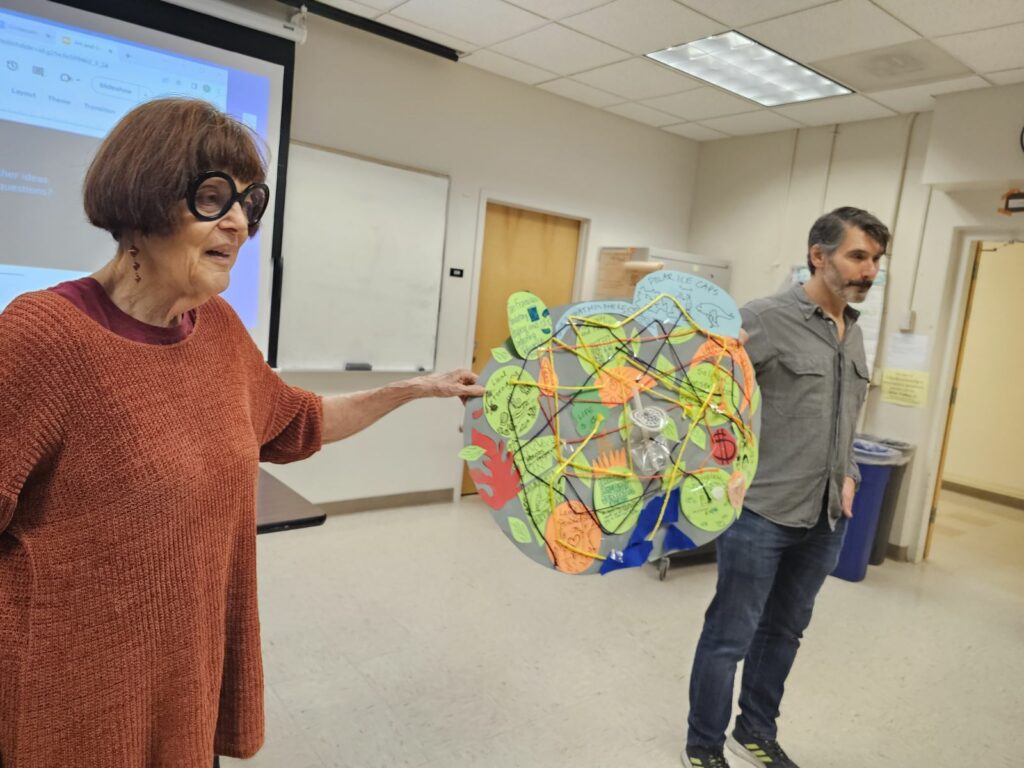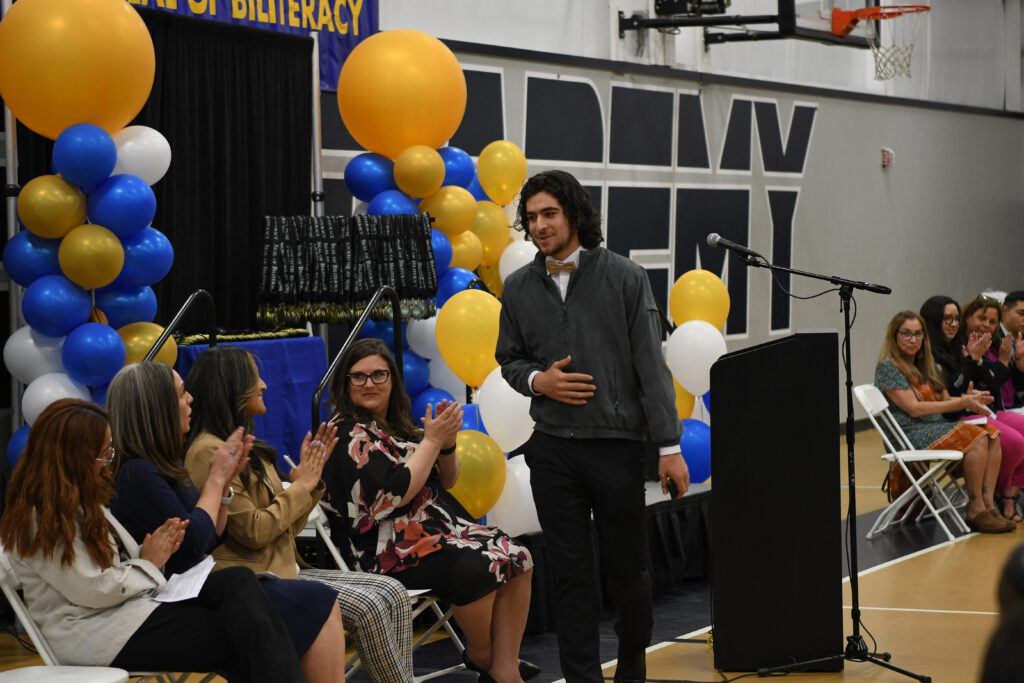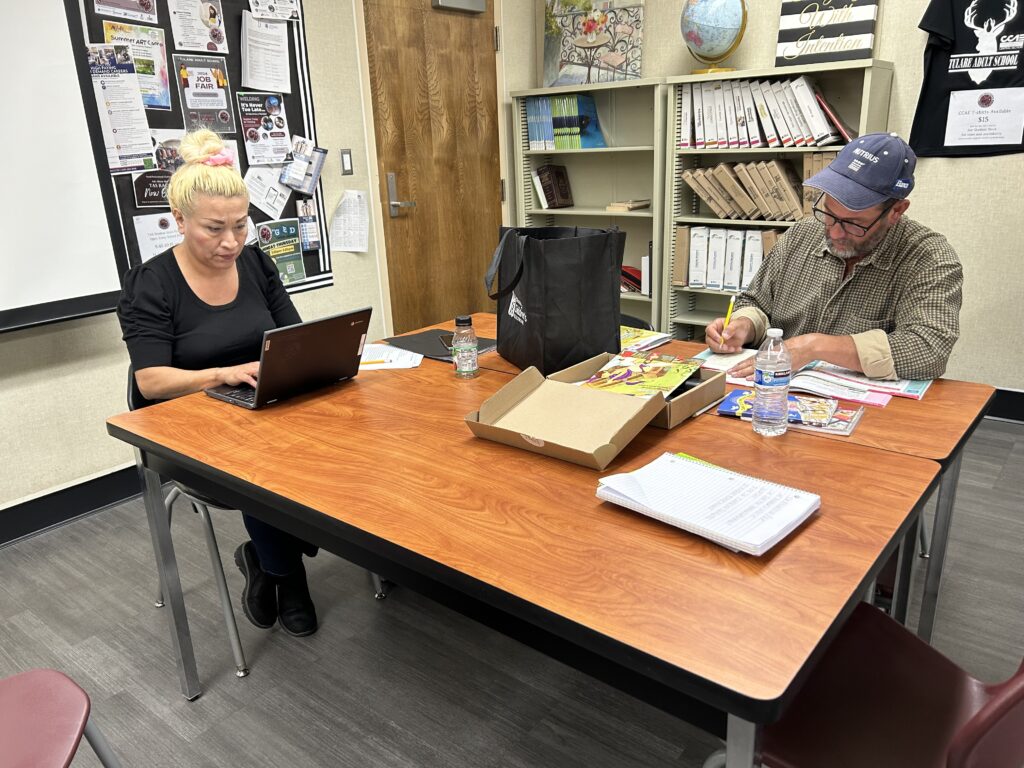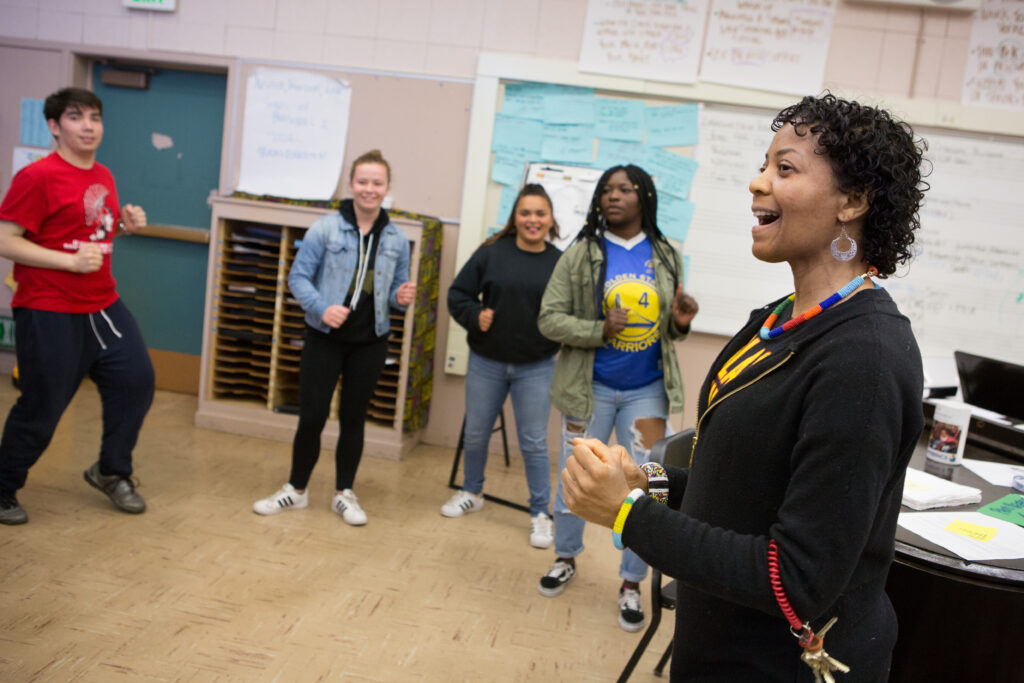
Oakland Unified recently completed construction of new academic buildings at Fremont High with funding from a previous bond measure.
Courtesy of Oakland Unified
A Senate Education Committee hearing Monday produced a unanimous vote in support of a $10 billion school construction bond initiative for the Nov. 5 statewide ballot. It also provided a preview of what likely will be the arguments over an anticipated lawsuit challenging how the state shares funding from state bonds with school districts.
The public interest law firm Public Advocates charges that the bond that Californians will vote on will perpetuate a system that will award districts with the highest property values the most state money and harm students in low-wealth districts. It opposes Assembly Bill 247, providing the language for the ballot initiative, and has threatened to sue unless there are substantial changes to the funding arrangement.
“Our property, poor district space, face an uphill battle in struggling to raise matching funds due to low property values, often the result of decades of systemic discrimination and underinvestment in communities of color,” Gary Hardie, Jr., a school board member in Lynwood Unified, located east of Los Angeles, and a representative of the California Association of Black School Educators, told the senators. “This just isn’t unfair; it’s morally unacceptable.” Public Advocates cited Lynwood’s plight in a complaint it filed with state officials in February.
The chairs of the Senate and Assembly Education Committees, both primary authors of the bill, disputed the characterizations, pointing to the bill’s changes to the allocation system, which they said make the funding system fairer.
“It just breaks my heart to hear some of the over the top rhetoric that they’re (Public Advocates) are using,” said Assemblymember Al Muratsuchi, D-Torrance, responded. “If our goal is to serve the greatest good, the greatest number of socioeconomically disadvantaged students are in those districts that they’re calling wealthy like Los Angeles Unified, Oakland Unified, Long Beach Unified that lined up in support of this measure.”
The bill would increase the state’s share of matching money by as much as 5 percentage points, to 65% for renovations and 55% for new construction. It would expand the number of “hardship” districts with property tax bases too small to issue bonds, qualifying for 100% state aid.
Nicole Ochi, deputy managing attorney of Public Advocates, dismissed the changes as insignificant. “They will do nothing to reverse the regressive distribution of state bonds, nor will the minor changes to the financial hardship program address the punitive and burdensome nature of that system,” she said. “A sliding scale of 60 to 65% is not a meaningful equity adjustment. This is equity in name and not substance.”
Public Advocates proposed a much bigger sliding scale, with no guarantee under the current system that all districts receive at least 50% matching aid for new construction and 60% for modernization. Instead, districts with the lowest assessed property values per student, including Lynwood, San Bernardino City, and Fresno, would get a 95% match from the state, with a 5% local share; property-rich districts, like Palo Alto, Santa Clara, and Santa Barbara, would get a 5% state funding for a 95% local contribution.
Ochi said Muratsuchi was conflating low-income demographics with low property values. Primarily low-income students attend Fresno, San Bernardino, Oakland, and Los Angeles. But Oakland and Los Angeles benefit from commercial and industrial wealth, with above-average assessed property per student. Their match from the state would decline slightly under Public Advocates’ proposal.
Sen. Josh Newman, D-Fullerton, chair of Senate Education, countered the assertion by Public Advocates that the widely supported school facility program, created in 1998, is unconstitutional. “The program’s framework is built on equity and fairness and, over time, it has evolved. It’s been updated to better serve California’s diverse school districts,” he said.
He said the revised program’s “balanced approach provides additional support to high-need districts while maintaining a sustainable and broadly supported funding model statewide.”
The committee voted 7-0 to back the bill, which the full Senate and Assembly are expected to pass on Wednesday. Public Advocates has yet to decide its next move, but it said nothing in the latest bond proposal has led it to change its position.
The article was clarified on July 5 to make it clear Sen. Josh. Newsom disagrees with the assertion that the school facility program’s funding formula is unconstitutional.
















